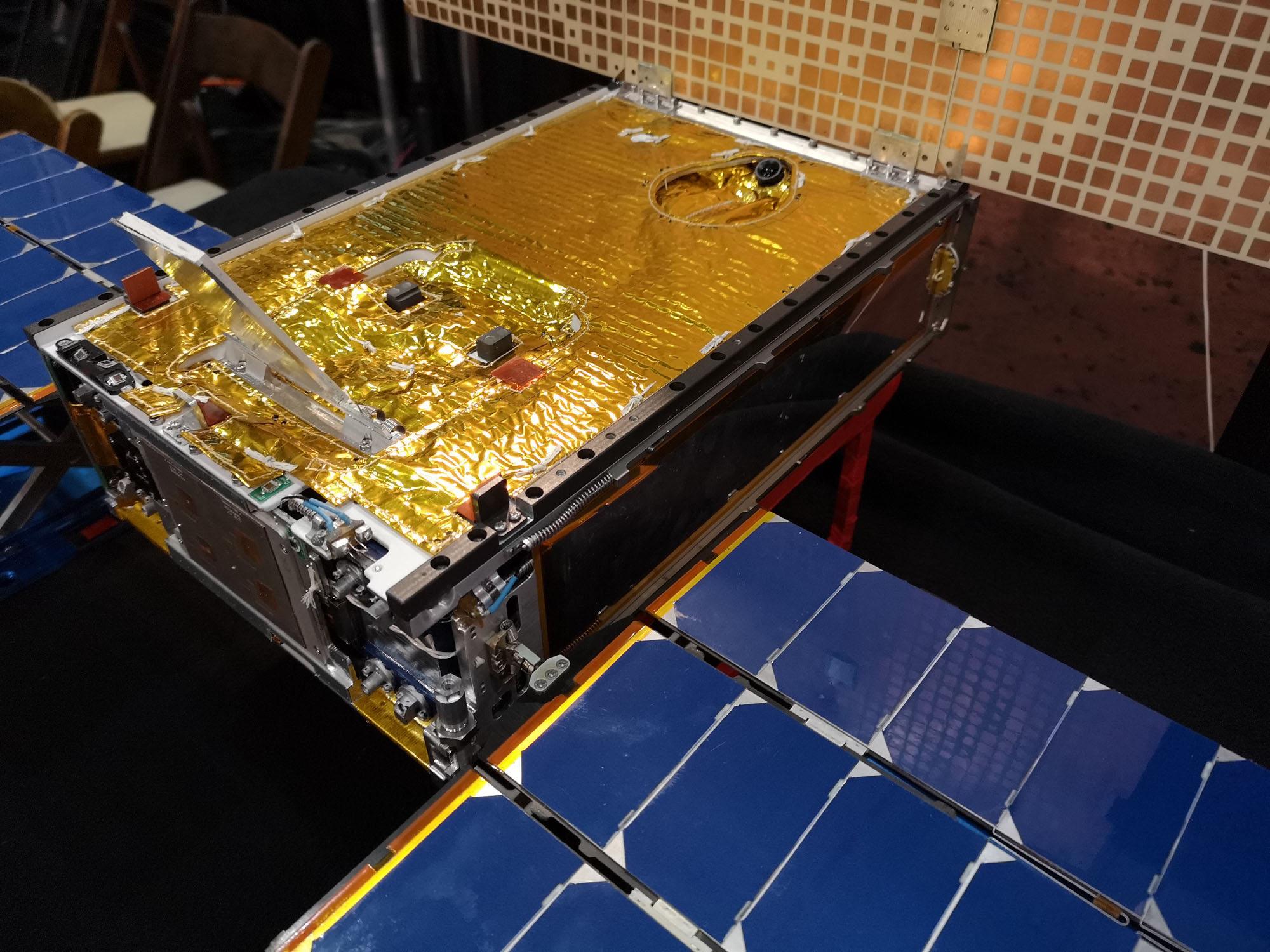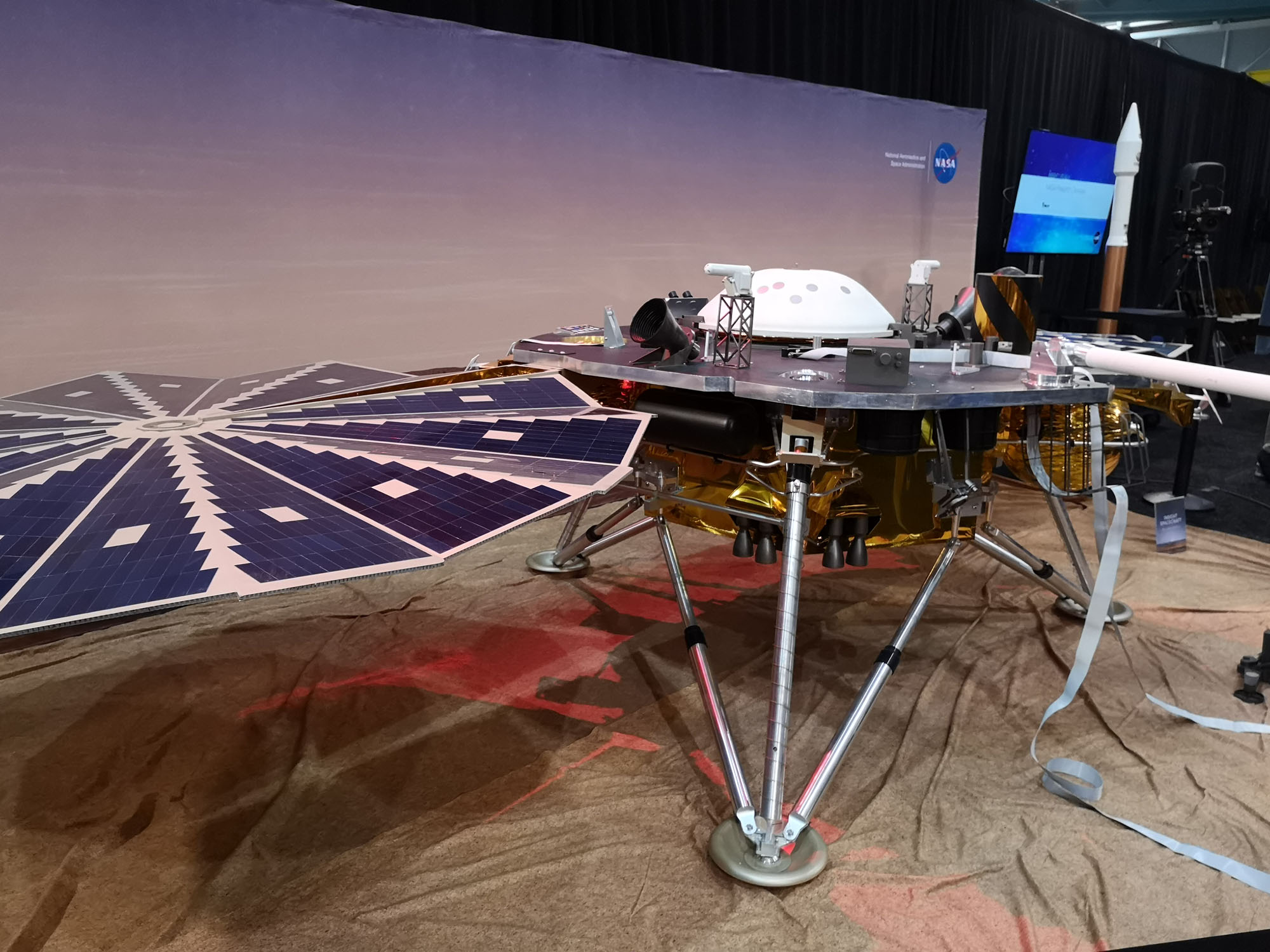How the InSight probe will explore the interior of Mars
As background research for my up-coming novel “Mars Nation,” I’ve been following live the start of the new Mars “InSight” satellite. For the first time, an interplanetary NASA mission will begin on the west coast of the USA. The launch site is the Vandenberg Air Force Base, home of the US Air Force’s 30th Space Wing. Military and civil missions to Earth orbit have started from here, but the Insight probe is so lightweight that it does not need to take advantage of being close to the equator. In addition, in the available launch window (there is one only every 26 months), the base is not yet as booked up as the Kennedy Space Center in Florida.
The mission will conduct three novel scientific experiments at the same time, which require a fixed base that is as stationary as possible (thus, no rover). After landing with the help of parachutes and braking jet engines, a robotic arm (Instrument Deployment System) will set down the two main experiments onto the surface over a period of several months.
SEIS (Seismic Experiment for Interior Structure) consists of a highly sensitive seismometer, which can detect surface movements smaller than the diameter of a hydrogen atom. For this it has two shields against wind and large temperature differences. These shields were also the reason why the probe could not be launched in 2015 as planned: one of these shields had a leak. The leak was minimal (an automobile tire with a similar leak would have needed 50 years to lose its air), but in view of the harsh conditions on Mars, NASA wanted to play it safe. By means of the measured vibrations, the seismometer can determine the exact structure of the interior of Mars (thickness of the individual layers and their composition). It can also detect the impact of meteorites and will count these events.
HP3 (Heat Flow and Physical Properties Probe) was developed by the German Aerospace Center (DLR). It consists of a probe (“mole”) that will use a built-in, automatic hammer to drive itself up to five meters into the Mars ground within 30 days by means of 5,000 to 20,000 hammer strikes. There, the thermal conductivity and temperature will be measured. This will allow the heat dissipation of Mars to be measured, which will provide a lot of information on its core. It would also be interesting to learn if future colonies could be heated by thermal energy from the Mars ground.
The third important experiment is named RISE (Rotation and Inner Structure Experiment). It consists of two X-band antennas on the lander. These will reflect signals received from Earth and thus enable a very precise determination of the lander’s position. It will also allow the shifting of Mars’s north pole to be determined, which will provide additional valuable information on Mars’s core. The accuracy here is also impressive: even though the measurement takes place over the entire distance from the Earth to Mars, an accuracy of 30 centimeters will be achieved.
Finally, as a technology capability demonstration, two mini-probes (Cubesats), named “MarCO,” are also onboard the Atlas V401 rocket. They will be the first of their kind to travel to another planet. Engineers were able to pack all the necessary systems into a very compact space, including a trajectory correction propulsion system (consisting of reaction wheels and a cold-gas jet nozzle, like in a fire extinguisher), a flat X-band antenna, and self-deploying solar cells (delivering 17 watts even near Mars). After reaching Mars, the two MarCOs will temporarily relay signals from the lander, but they will not go into orbit, instead they will fly past the red planet.



